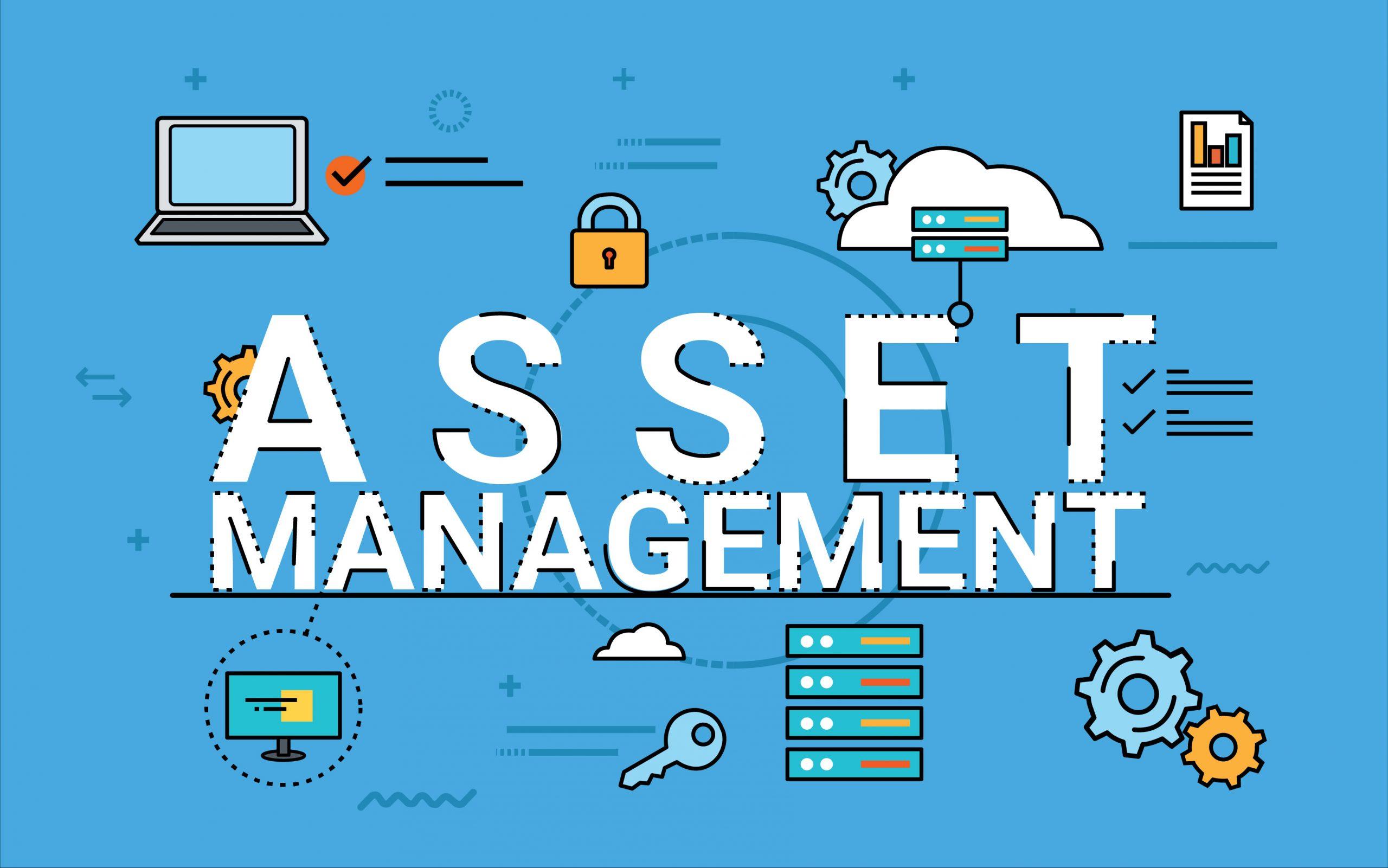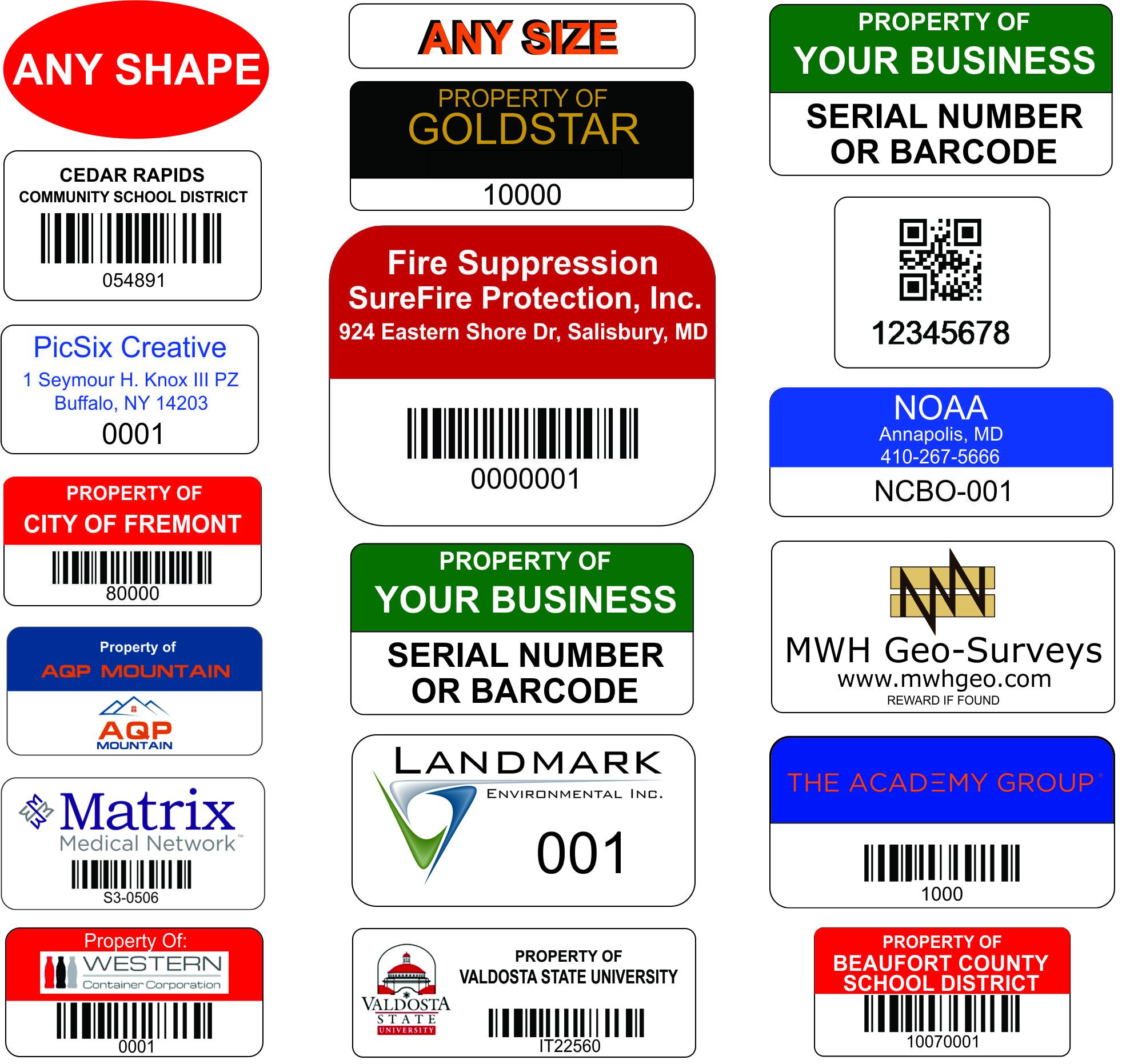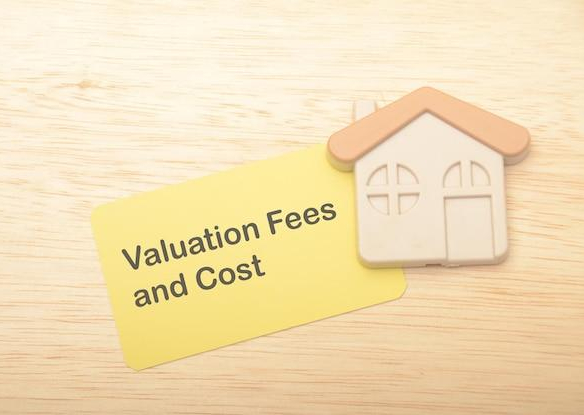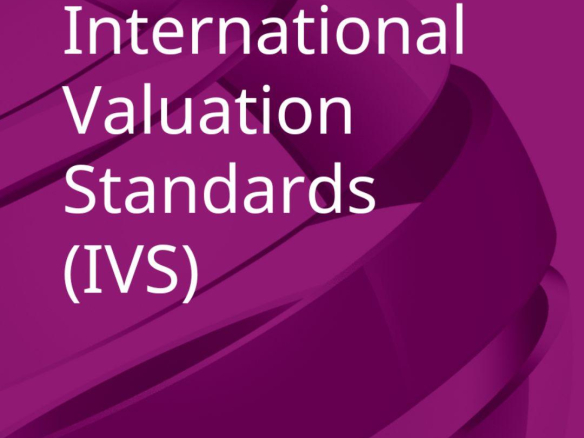Asset Valuation, Asset Tagging and Coding for Efficient Asset Management
In today’s fast-paced business environment, effective asset management is critical for operational success. Whether you’re a small business, a school, a hospital, or a multinational corporation, knowing what assets you own, where they are located, and how they are being used can significantly improve efficiency, reduce losses, and ensure regulatory compliance. This is where asset tagging and coding come into play.
Asset tagging is more than just a method of inventory control; it is indeed a robust system that serves as the backbone of effective asset management. By employing a systematic approach, businesses can track their resources seamlessly, ensuring that every item is accounted for. This practice not only enhances visibility but also substantially reduces the risks of loss or misplacement. Implementing asset tags—tags with barcodes, QR codes, or RFID—allows for easy scanning and tracking, providing immediate access to vital asset facts such as location, status, and ownership. The benefits extend beyond mere tracking; they also streamline maintenance scheduling and compliance, allowing businesses to operate more efficiently.
What Is Asset Tagging?
Asset tagging is the process of labeling physical assets with unique identifiers such as barcodes, QR codes, or RFID tags. These tags help organizations track, monitor, and manage their physical inventory efficiently.
Why Asset Tagging Is Important
🧾 Improved Inventory Accuracy: Know what you own and where it’s located.
🔐 Theft and Loss Prevention: Tagged assets are easier to recover and harder to steal.
🛠️ Efficient Maintenance Management: Schedule maintenance based on asset history.
📊 Regulatory Compliance: Make audits and reporting a breeze.
💰 Cost Reduction: Avoid duplicate purchases and untracked asset depreciation.
To establish a prosperous tagging system, it is essential to consider a few foundational elements. A well-designed asset tagging process should incorporate the following components:
- Tag Selection: Choose between durable materials and advanced technologies based on your operational surroundings.
- Consistent Labelling: Standardize naming conventions to ensure clarity and avoid confusion.
- Integration: Incorporate asset tagging with existing management software for real-time tracking.
When setting up your asset tagging strategy, consider mapping out workflows in a clear visual format. below is an example of how an asset tagging flow can be structured:
| Step | Description |
|---|---|
| Identification | Assign a unique ID to each asset. |
| Tagging | Attach physical tags to all assets. |
| Recording | Input asset details into tracking software. |
| Maintenance | Regularly check and update asset information. |
What Is Asset Coding?
Asset coding refers to the structured assignment of unique codes to each asset. These codes often provide valuable metadata such as asset type, purchase year, location, or department.
Example of Asset Code Structure
LPT: Asset category (Laptop)2025: Year of acquisitionNRB: Location code (Nairobi)0012: Unique asset number
This coding structure helps organizations categorize and manage assets in a scalable and consistent way.
Types of Asset Tags
Choosing the right type of tag depends on your industry, environment, and tracking requirements. Here are the most common types:
1. Barcode Labels
Cost-effective
Easy to scan
Require line-of-sight
2. QR Code Labels
Can store more data
Scannable by smartphones
Useful for linking to digital asset profiles
3. RFID Tags
Wireless tracking
No line-of-sight needed
Ideal for large-scale asset tracking
4. Metal Asset Tags
Durable and weather-resistant
Best for industrial or outdoor use
How to Implement Asset Tagging and Coding
Implementing a robust asset tracking system involves planning and execution. Here’s a step-by-step guide:
Step 1: Conduct an Asset Audit
Start by identifying all assets that need to be tagged — equipment, vehicles, furniture, electronics, etc.
Step 2: Create a Coding System
Develop a consistent and logical asset code format. Consider:
Asset type
Purchase year
Department
Location
Serial number
Step 3: Choose the Right Tags
Select tags based on:
Asset material
Operating environment
Tracking method (manual vs. digital)
Step 4: Tag the Assets
Physically attach the tags to each asset in a visible and secure location.
Step 5: Use Asset Management Software
Log the asset data into an asset management system or spreadsheet. Software tools like:
Asset Panda
Snipe-IT
Zoho Creator
Freshservice
…can automate and streamline tracking.

Best Practices for Asset Tagging and Coding
✅ Standardize the Process: Use the same tagging and coding format across the organization.
📍 Train Employees: Ensure staff understands how to scan, update, and manage asset data.
🔄 Perform Regular Audits: Verify physical assets match digital records.
🔒 Secure Asset Tags: Use tamper-proof labels to prevent removal.
📈 Analyze Data: Use reports for lifecycle management, maintenance, and budgeting.
Benefits of Asset Tagging for Small and Large Businesses
| Business Size | Benefits |
|---|---|
| Small Business | Affordable tracking, theft prevention, tax documentation |
| Medium Enterprise | Improved department-level tracking, cost control |
| Large Organization | Automated audits, compliance reporting, advanced analytics |
Recommended Tools and Equipment
Label Printers: Zebra, DYMO, Brother
Scanners: Honeywell, Motorola, mobile scanning apps
Software: Asset Tiger (free), Snipe-IT (open-source), Freshservice (enterprise)
Common Mistakes to Avoid
❌ Using random or inconsistent asset codes
❌ Placing tags in hard-to-scan locations
❌ Not updating asset data regularly
❌ Ignoring software integration
Frequently Asked Questions (FAQs)
✅ What is the difference between asset tagging and asset tracking?
Asset tagging involves labeling assets with identifiers, while asset tracking is the ongoing process of monitoring those assets using the tags.
✅ Do I need asset tagging if I already use accounting software?
Yes. Accounting software tracks financials, but not the physical location, condition, or lifecycle of individual assets.
✅ Is asset tagging necessary for small businesses?
Absolutely! Even small businesses benefit from avoiding losses, managing depreciation, and being audit-ready.
✅ Can I use Excel for asset management?
Yes, but it’s ideal only for small-scale operations. As you grow, consider migrating to dedicated asset management software.
Implementing a proper asset tagging and coding system is no longer a luxury — it’s a necessity. Whether you’re managing 50 or 5,000 assets, a structured approach helps you save time, reduce costs, improve security, and gain total control over your assets.
Need help setting up your asset management system? Let us guide you with the best tools, templates, and support for your business.

Best Practices for Implementing an Effective Asset tagging System
To lay the foundation of an effective asset tagging system, the initial step is to develop a clear tagging strategy. This involves determining what items will be tagged and establishing a consistent tagging format. Consider the following tips:
- Unique Identification: Ensure each asset has a unique identifier to avoid confusion.
- Standard Formats: Adopt barcodes or QR codes for easy scanning and information retrieval.
- Consistent Placement: Decide on a standard location for tag placement on each item to streamline location tracking.
- Regular audits: Schedule periodic audits to ensure tag integrity and accuracy in your asset records.
- Integration with Software: Use software solutions for asset management that can seamlessly integrate with your tagging system.
- Feedback Loop: Create channels for team members to provide feedback on the system, allowing for continuous advancement.
| Key Component | Purpose |
|---|---|
| Barcodes/QR Codes | Facilitate quick scanning and tracking |
| Asset Management software | Automate tracking and data entry |
| Consistent Training | Ensure everyone understands the system |
Measuring Success: Metrics and Tools for Continuous Improvement in Asset Management
In the realm of asset management, measuring success is pivotal for fostering a culture of continuous improvement. The application of precise metrics not only allows organizations to track the performance of their assets, but it also aids in identifying areas ripe for enhancement. By employing specific performance indicators, companies can glean insights such as:
- Utilization Rate: Understanding how often and efficiently assets are employed.
- Downtime Analysis: Assessing the amount of time assets remain inactive or underperforming.
- Maintenance Costs: Analyzing expenses associated with upkeep to inform budgeting and resource allocation.
Equipping asset managers with the right tools amplifies the impact of these metrics. Advanced software solutions offer real-time tracking and reporting capabilities, facilitating swift, data-driven decisions. The integration of RFID technology and mobile applications enhances accessibility, enabling inventory checks and asset activity logs on the go. Significant configurations might include:
| Tool/Metric | Purpose | Benefit |
|---|---|---|
| RFID Systems | Automated asset tracking | Reduces manual errors |
| Mobile Apps | On-the-go access to inventory | Boosts efficiency |
| Analytics Software | Performance analytics | Informs strategic decisions |




Join The Discussion